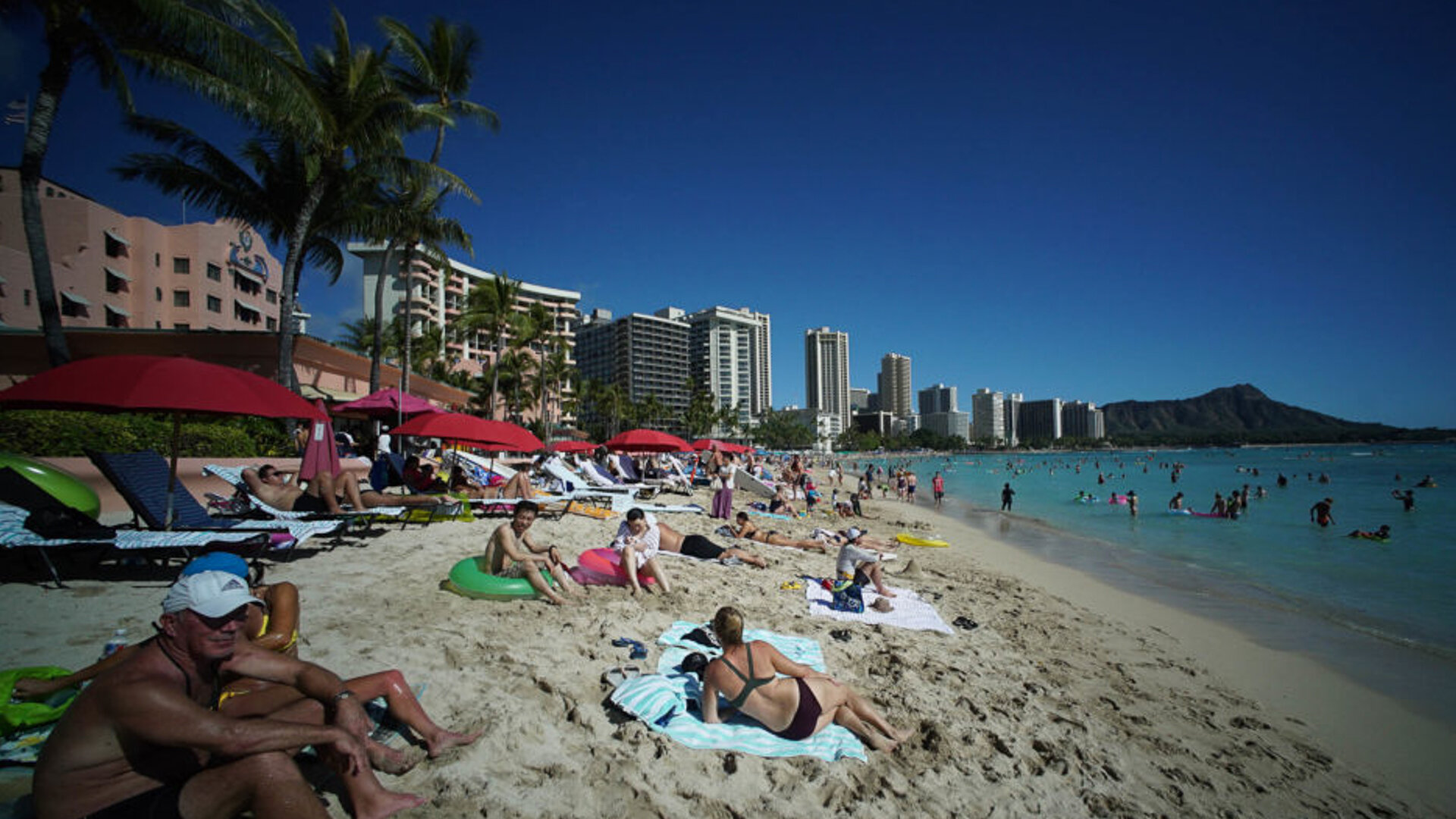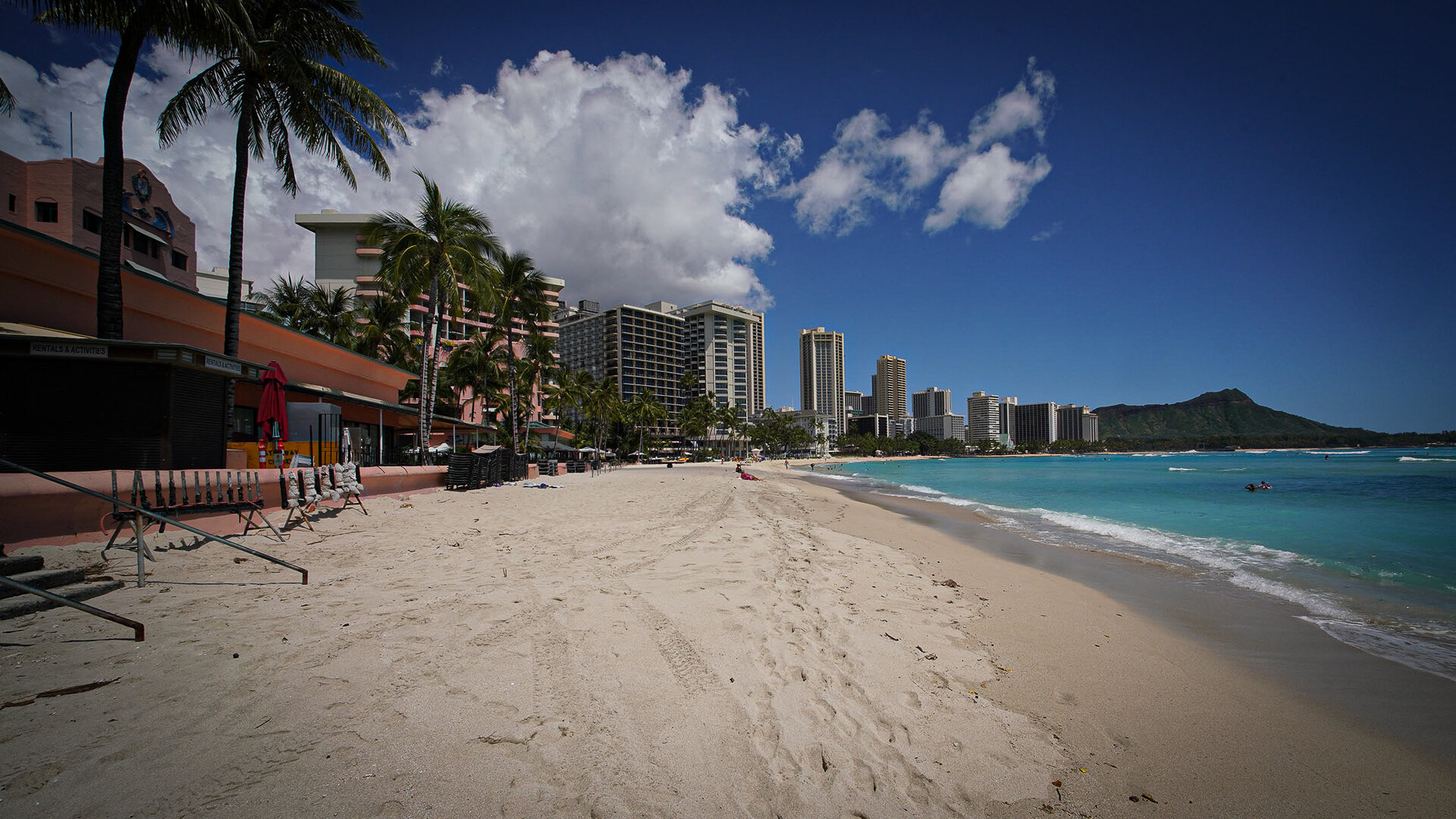Fly on the Wall: A Glimpse into Developing a COVID-19 Modeling Tool for Hawaii
by Adriann Gin, Hawaii Data Collaborative
“It’s as if we are letting in a fire; how much are we willing to let that fire spread, and how well can we keep the fire contained?” – Dr. Victoria Fan, HiPAM Chair
A key question our state is grappling with, now that the spread of the Coronavirus is controlled (for the time being), is how best to balance containment of the virus with the reopening of the local economy. State and county officials face a daunting task in answering this question, particularly because our state is largely dependent on tourism and out-of-state visitors. In a previous post, we described our collaboration with the Hawaii Pandemic Applied Modeling (HiPAM) Work Group to provide decision makers with rigorous, Hawaii-specific modeling tools and information to inform their thinking around reopening Hawaii.
What exactly goes into the modeling process?
But what does “modeling” really refer to, and what’s important for folks to understand when we talk about a decision-making tool like this? A Washington Post article and a FiveThirtyEight comic strip both do an excellent job of explaining the general process of disease modeling, the assumptions inevitably employed because COVID-19 is a new disease, and why disagreements among models are commonplace. But reading about the model building process is one thing; experiencing a live modeling discourse between a group of experts, researchers, academics, and industry professionals is quite another. Let’s pull back the curtain on a typical discussion among those building and refining a modeling tool…
What factors are considered when creating a localized COVID-19 model?
During a HiPAM convening, the group discussed how to respond to requests from local decision-makers for models and metric guidelines that would help determine when to lift local and domestic travel restrictions, as well as indicators of when restrictions may need to be re-imposed. The subsequent discussion demonstrated the complex array of factors that our state officials and senior executives must consider:
The level of granularity that must be taken into account when thinking about visitor behaviors and interactions
One member questioned if we have a sufficient understanding of the number of individuals a visitor is likely to interact with during their stay in Hawaii, implying that the interaction and behavior between these networks should be taken into account in building a model for Hawaii. For example, a tourist visiting Waikiki – one of the most population-dense areas on Oahu – will likely interact with locals, and will shop, eat, and congregate in areas with a constant flow of people. This is the perfect scenario to facilitate transmission; would the model need to take into account all the degrees, and implications, of these interactions?
Hawaii’s R0 versus the R0 of external locations
R0 (pronounced “R naught”) is a term used to refer to the expected number of cases directly generated by one case in a population. Another member of the group questioned whether the R0 of visitors’ originating locations should be taken into account, and described the mathematics required to do so.
Hypothetical scenarios of infected passengers arriving in Hawaii by plane
A few members suggested that testing all travelers to Hawaii, including returning residents, will be necessary to effectively manage the virus (read more in an op-ed here). To demonstrate why implementing testing policy for travelers is critical to any reopening plan, the group walked through a thought exercise simulating the potential case clusters created by an airplane scenario: Imagine a Hawaii-bound flight with one person infected with COVID-19, and the duration of the flight is at least five hours. That one person is surrounded by 200 or so other passengers, and has the potential to infect 10 other passengers on that plane. These passengers might then spread the virus further when they arrive to our state. Given that, in 2019, the average daily number of individuals arriving by air to Hawaii was 28,170, the implications of this hypothetical are enormous.
No perfect solutions…but models offer guidance for the best choices possible
One of our modeling partners noted that, because we are an island chain, Hawaii has the unique advantage of allowing the virus to naturally extinguish itself by restricting travel into our state. But given the severe economic costs resulting from travel restrictions, we cannot sustainably isolate Hawaii forever. Determining when to fully reopen Hawaii to trans-Pacific travel is one of the toughest decisions we are currently facing, especially given plans to market Hawaii as the “safest place in the world.” Unfortunately, no clear and perfect answers exist. But the thoughtful discussions that modeling teams are engaging in will no doubt improve the tools being developed. By allowing consideration of complex yet realistic scenarios, these modeling tools will hopefully give our state the best chance for successfully reopening our economy while also minimizing the risk of COVID-19 transmission.
Recognizing the need for better understanding and the thirst for Hawaii-specific modeling tools to support decision making, the members of HiPAM plan to move forward in two ways:
Stand up a public-facing, near-term forecast model that employs the best current understanding of COVID in Hawaii, in order to provide decision makers with a timely tool for understanding what potentially lies ahead
Continuing to offer insights for broader consumption regarding the strengths and limitations of models, epidemiological dynamics, and possible scenarios for the “new normal” of COVID given shifts in activity and likely increases in visitors in the coming weeks and months
Stay tuned!


